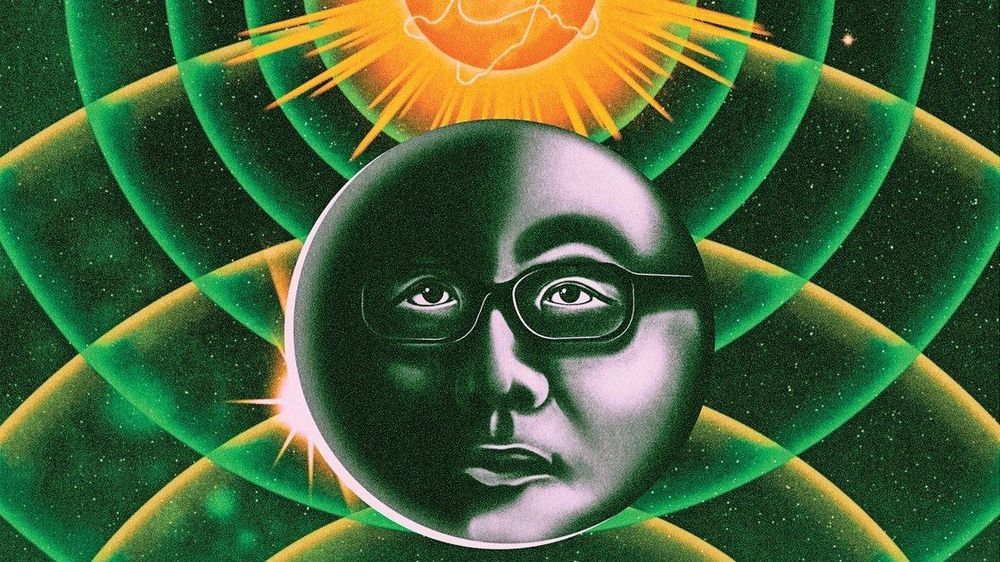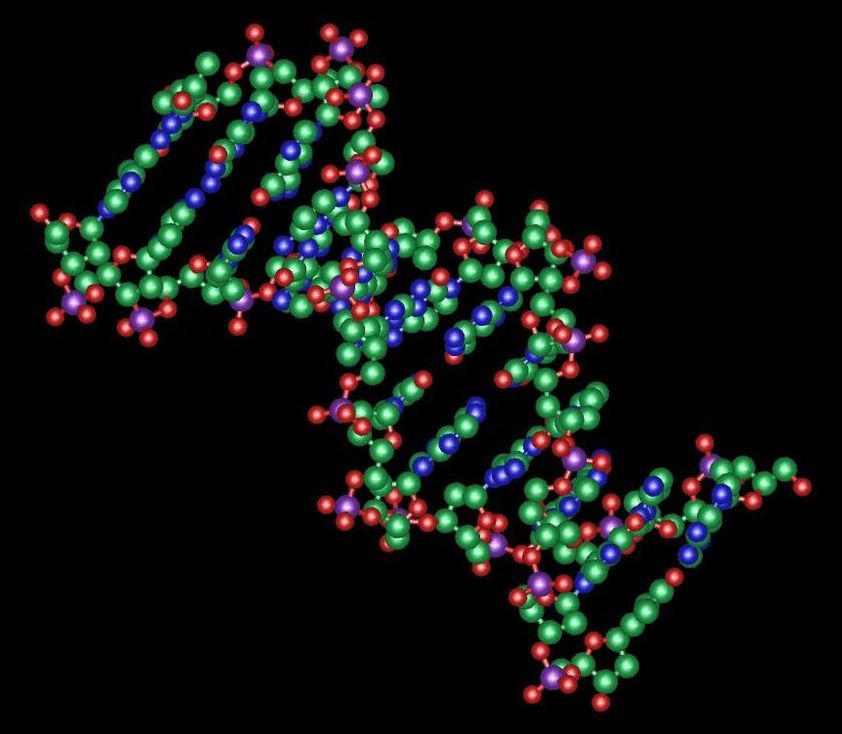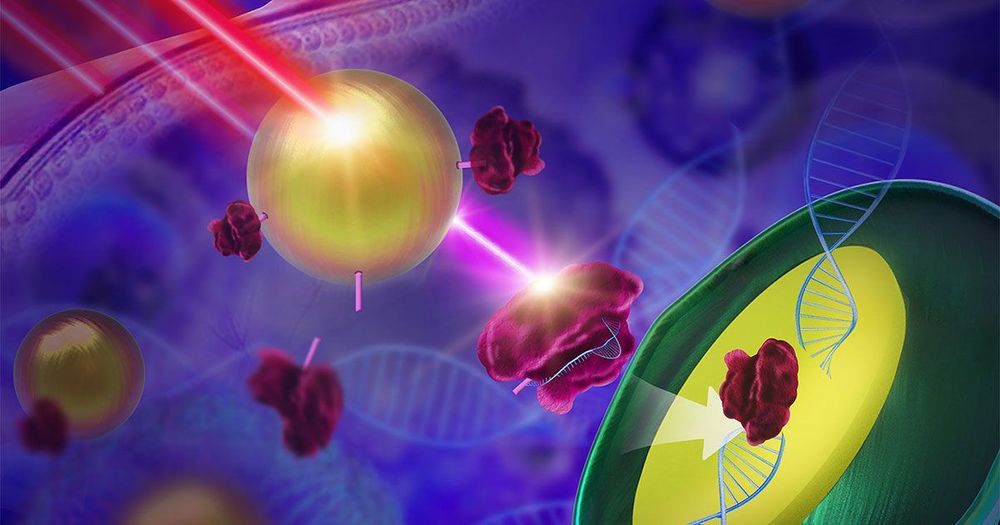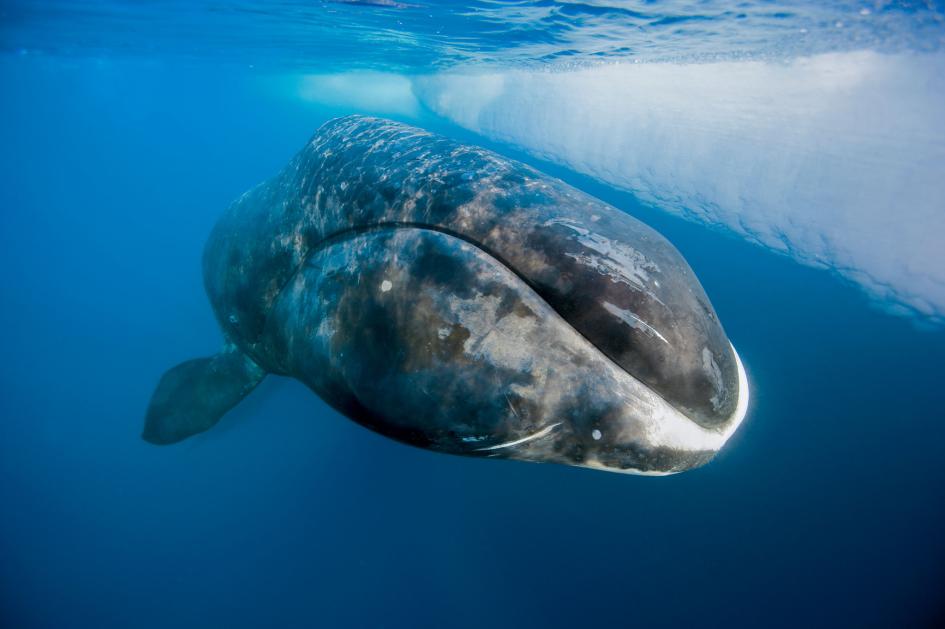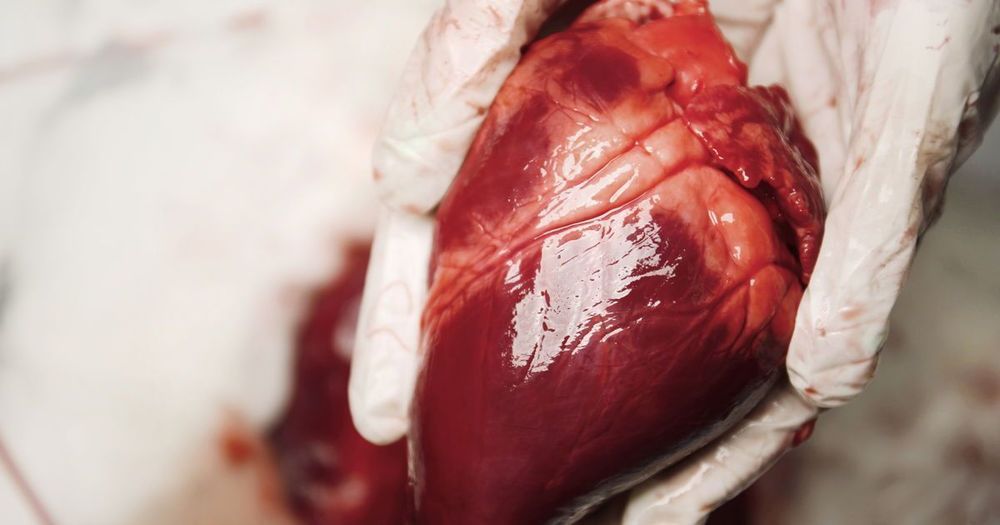Libra’s mission is to create a simple global financial infrastructure that empowers billions of people around the world. It’s powered by blockchain technology and the plan is to launch it in 2020. You can read more about the association here: https://libra.org/&h=AT0Vpgfo9yMWI9A93aDq0V-7D3PwK9TiZGZ…la1VStESZA
Being able to use mobile money can have an important positive impact on people’s lives because you don’t have to always carry cash, which can be insecure, or pay extra fees for transfers. This is especially important for people who don’t have access to traditional banks or financial services. Right now, there are around a billion people who don’t have a bank account but do have a mobile phone.


